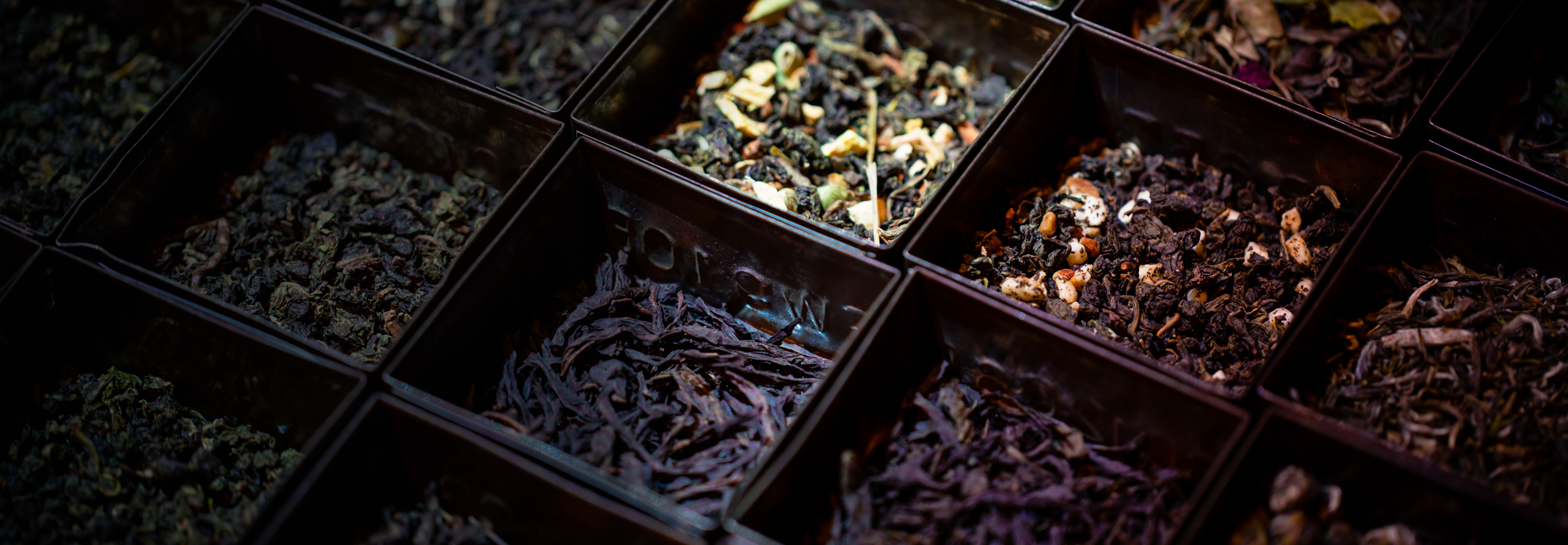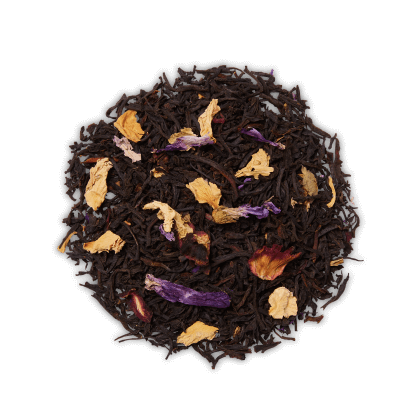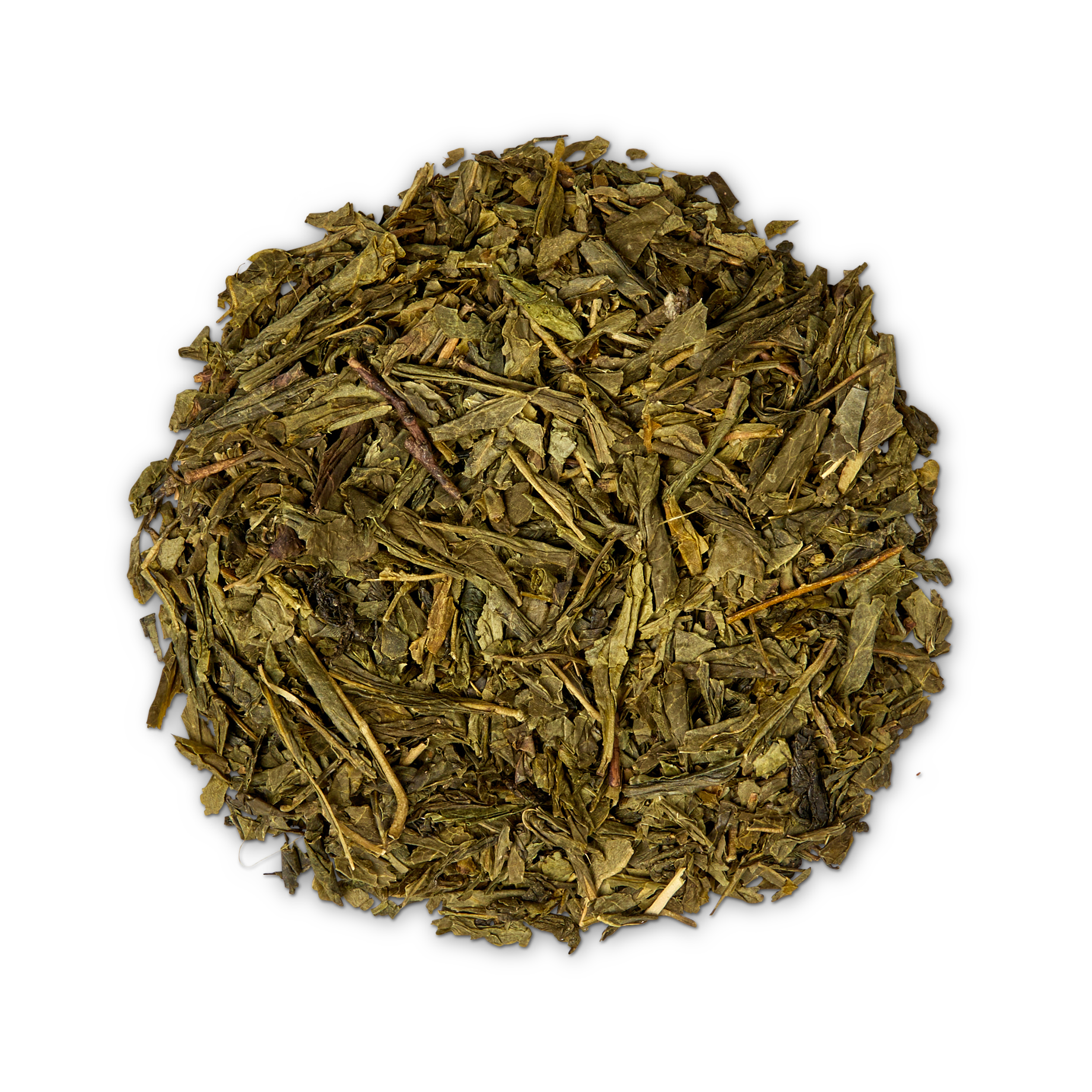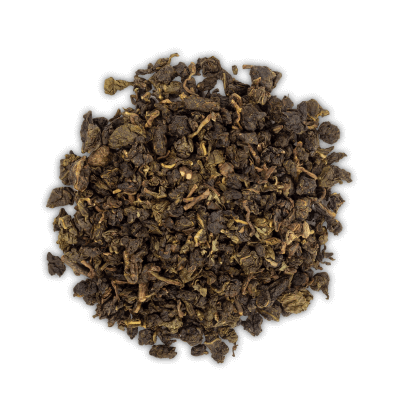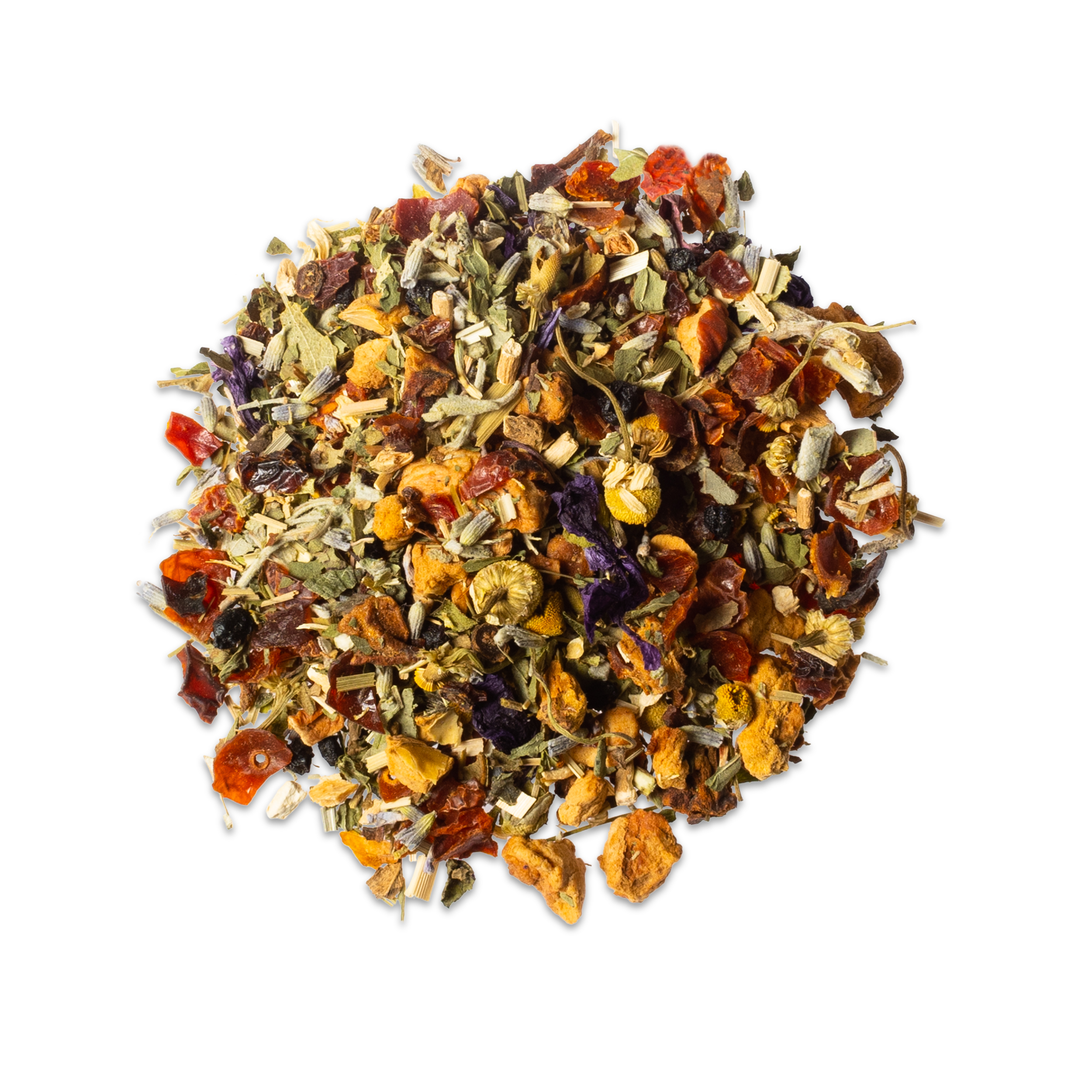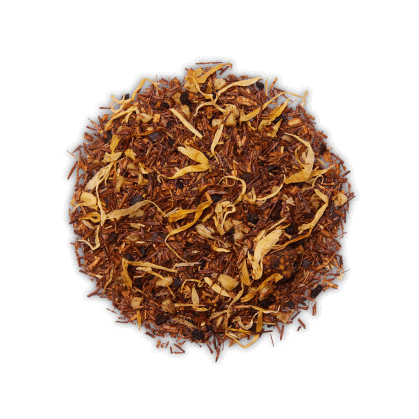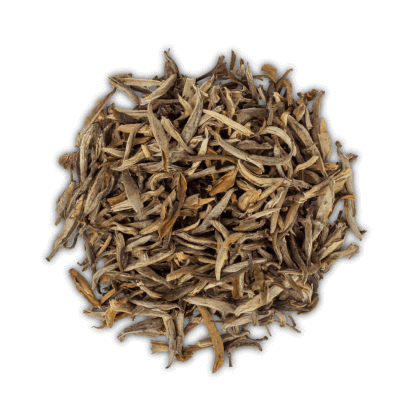Our tea dictionary. Tea terminology. Whatever it’s called, this useful guide will help you brush up on your tea vocab. Simple as that.
You’ll quickly discover there are many descriptive and explanatory term associated with tea. Like lovers of wine and fine food, tea is no less challenging and enjoyable to describe. So, start by expanding your vocabulary to learn the art of discussing and describing tea.
Tea types and categories
Blossoms
Flowering tea that consists of flowers and leaves arranged and tied by hand into a ball that unfurls when brewed.
Infusion
Use your wrist in a gentle ‘M’ motion until the froth forms.
Pu-erh Tea
A fermented and aged tea with deep, earthy notes.
Stone-ground tea
Tea leaves that are ground into a smooth powder that can be whisked with water to create a smooth brew. For example: Matcha and Hojicha.
Tea tasting terms
Aroma
The scent of the brewed tea and it's leaves. For example: a strong aroma.
Astringent
A dry, slightly puckering sensation on the tongue, common in black and green teas.
Biscuity
An aromatic term used most often with black tea such as Assam. This is positive and tastes malty.
Body
The sensation of viscosity on the palate – categorised as light, medium or heavy.
Brisk
Describes the level of astringency in a tea.
Bright
A clear, clean style that refreshes the mouth.
Coppery
Penny-like colour to describe the appearance of brewed tea. Used to describe black tea.
Finish
How the final taste of the tea on your tastebuds. For example, subtle brew with a lingering savoury finish.
Liquor
Brewed tea (liquid). We often comment on the colour of the tea. For example: A rich orange liquor.
Notes
The distinct flavours and scents in a tea. For example: A complex herbal blend with notes of cinnamon and ginger.
Tea brewing terms
Cold Brew
A method of brewing tea leaves in cold water for a smoother, less astringent flavour.
Infuse, Steep or Brew
The process of soaking tea leaves in hot water to extract flavour.
Tea growing and processing terms
Cultivar
A specific variety of the Camellia sinensis plant, selectively bred for its unique characteristics.
Fermentation
A controlled aging process used in Pu-erh and some dark teas.
Oxidation
The process where tea leaves react with oxygen, darkening in colour and deepening in flavour (black tea is fully oxidised, green tea is not).
Terroir
The environmental conditions (climate, soil, altitude) that affect the flavour and characteristics of tea, much like wine.
General tea terms
Camellia sinensis
The scientific name for the tea plant. All true tea (black, green, white, oolong, and pu-erh) comes from this species.
Caffeine
A natural stimulant found in tea, with varying levels depending on the type of tea and how it’s processed.
Catechins
A type of polyphenol found in green tea, known for its potential health benefits.
Tannins
Naturally occurring compounds in tea that contribute to astringency and can cause bitterness when over-extracted.
L-Theanine
An amino acid found in tea leaves that promotes relaxation and helps balance the stimulating effects of caffeine.
Polyphenols
Antioxidants found in tea that contribute to its health benefits.

